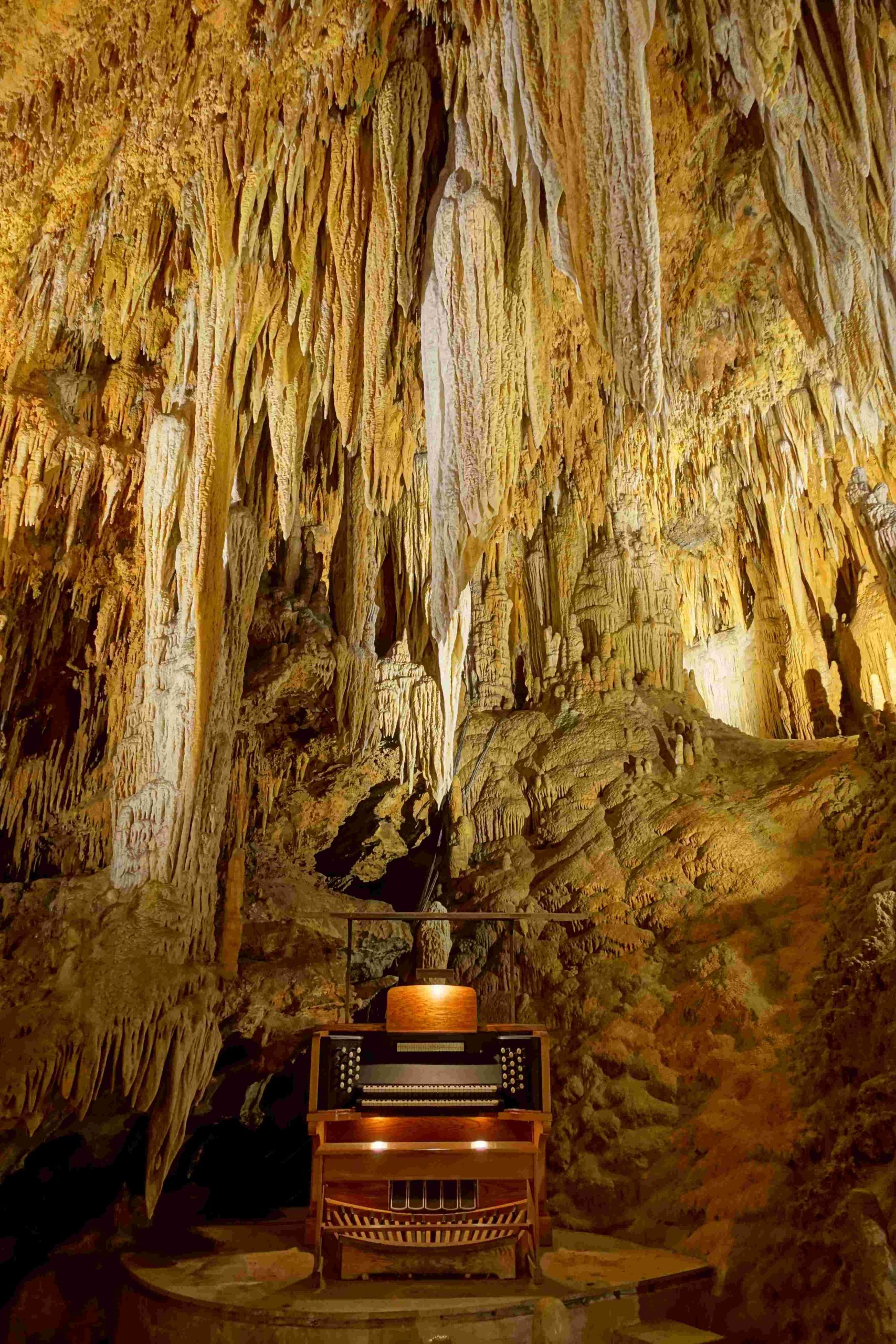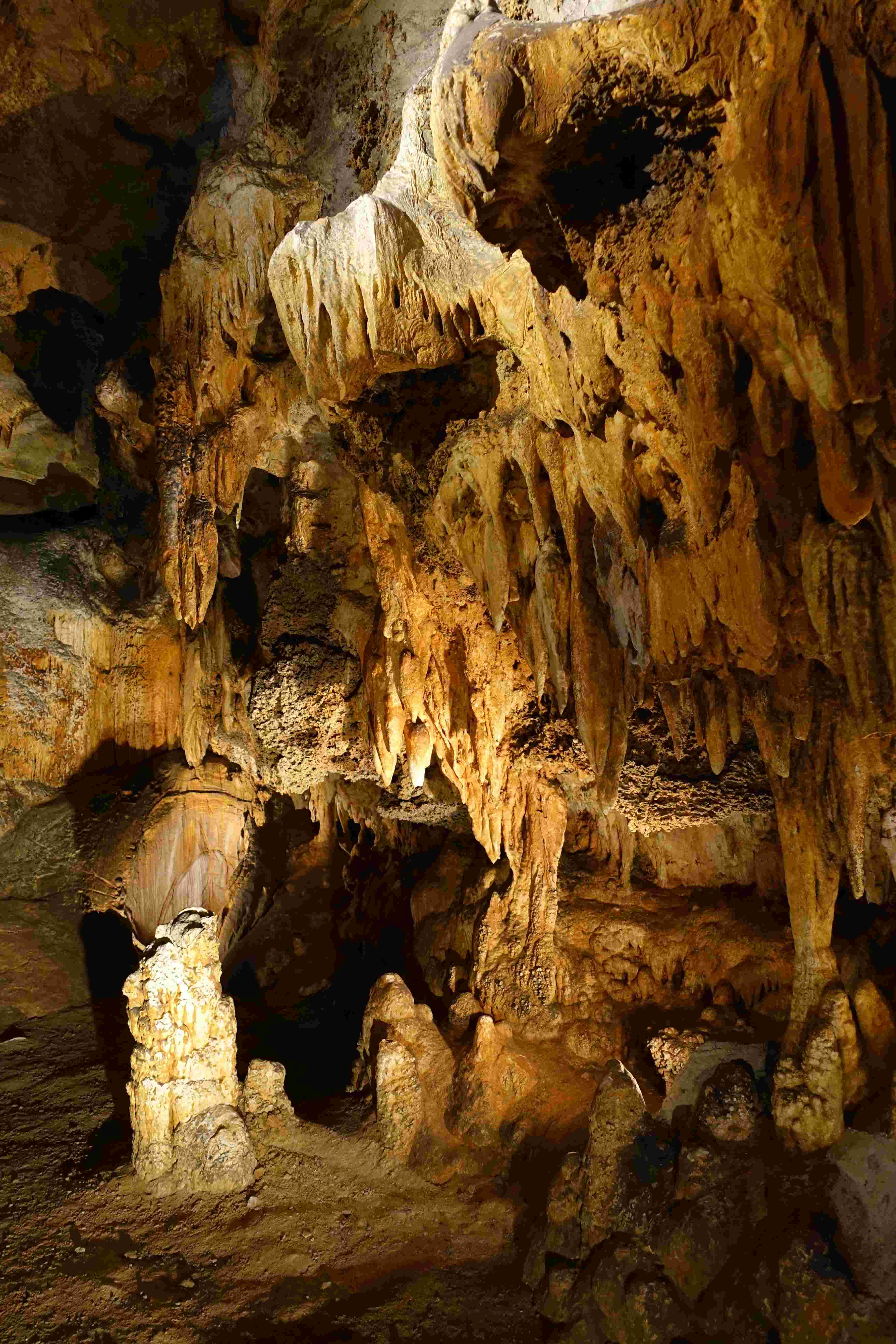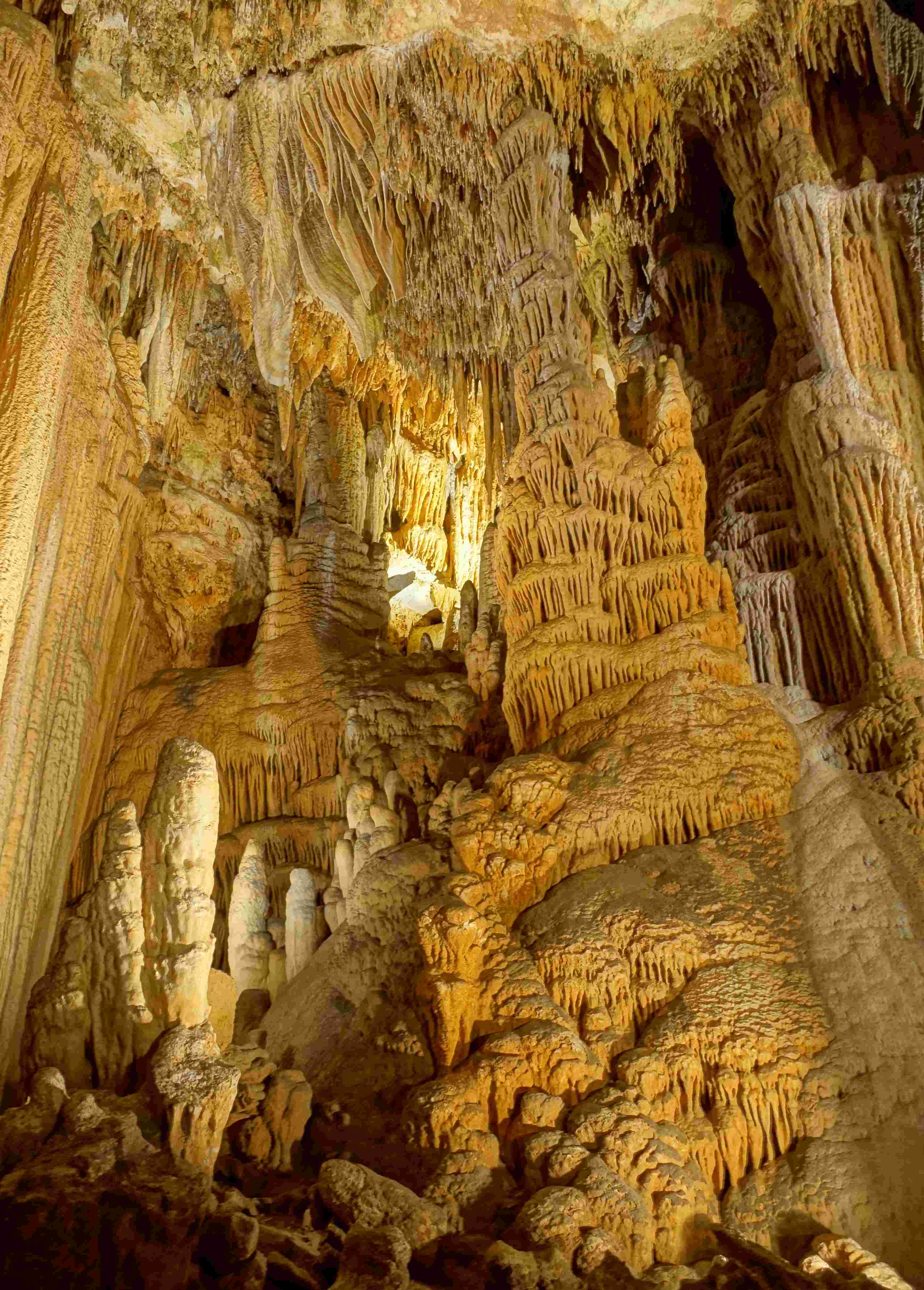The journey from historic Powhatan to Luray Caverns is a captivating exploration of Virginia’s rich heritage and natural wonders. This 120-mile route takes travelers from the ancestral lands of the Powhatan people to one of America’s most spectacular cave systems. Along the way, visitors can experience centuries of history, from Native American settlements to colonial landmarks, before descending into the awe-inspiring depths of Luray Caverns.
What Makes Powhatan County Historically Significant?

Powhatan County, named after the powerful Native American chief, is steeped in history. The area was once home to the Powhatan Confederacy, a group of Algonquian-speaking tribes that dominated the region before European contact. Today, visitors can explore several sites that showcase this rich heritage:
- Powhatan State Park: While primarily a natural attraction, this park offers insights into the area’s Native American history through interpretive programs and trails.
- The Village: The historic center of Powhatan County, featuring the Old Courthouse and Jail.
- Fighting Creek Park: A recreational area with historical markers detailing the county’s past.
Table: Key Historical Sites in Powhatan County
| Site | Description | Historical Significance |
|---|---|---|
| Powhatan State Park | 1,564-acre park along the James River | Preserves natural landscape once inhabited by Powhatan tribes |
| The Village | Historic district in Powhatan | Features 19th-century architecture and county’s old courthouse |
| Fighting Creek Park | Recreational area with historical markers | Provides information on county’s development and Civil War history |
How Did Luray Caverns Become a National Landmark?

Luray Caverns, discovered in 1878, quickly became a marvel of natural history and a popular tourist destination. Its journey to national recognition includes:
- 1878: Discovery by Andrew Campbell and companions
- 1881: Opened to the public
- 1974: Designated a National Natural Landmark
The caverns’ unique formations, including the Great Stalacpipe Organ, have attracted millions of visitors over the years, cementing its place in American geological history.
What Route Should One Take from Powhatan to Luray Caverns?
The journey from Powhatan to Luray Caverns is approximately 120 miles and takes about 2-3 hours, depending on traffic and stops. Here’s a suggested route:
- Start in Powhatan County
- Take Route 60 East towards Richmond
- In Richmond, connect to I-64 West
- Take I-64 to I-81 South
- Exit onto US-211 East towards Luray
- Follow signs to Luray Caverns
Recommended Stops Along the Way:
- Richmond: Virginia State Capitol, St. John’s Church
- Shenandoah National Park: Skyline Drive, hiking trails
- New Market: New Market Battlefield State Historical Park
What Can Visitors Expect at Luray Caverns?
Luray Caverns offers a unique underground experience:
- Guided tours lasting about 1 hour
- Temperature-controlled environment (54°F year-round)
- Paved walkways and electric lighting
- Stunning formations including stalactites, stalagmites, and flowstone
Notable Features:
- Great Stalacpipe Organ
- Dream Lake
- Titania’s Veil
- Giant’s Hall
How Does the Journey from Powhatan to Luray Caverns Showcase Virginia’s Diversity?
This trip encapsulates Virginia’s varied landscape and history:
- Coastal Plain: Powhatan County’s rolling hills and rivers
- Piedmont: Richmond’s urban landscape
- Blue Ridge Mountains: Shenandoah National Park’s scenic vistas
- Valley and Ridge: Luray’s karst topography and caverns
Each region tells a different story of Virginia’s geological and cultural development, from ancient Native American settlements to modern conservation efforts.
What Additional Attractions Complement the Luray Caverns Experience?
While the caverns are the main draw, Luray offers several complementary attractions:
- Car and Carriage Caravan Museum
- Shenandoah Heritage Village
- Luray Valley Museum
- Garden Maze
These additional sites provide context to the area’s history and culture, making for a well-rounded visit.
How Has the Route from Historic Powhatan to Luray Caverns Evolved Over Time?
The journey from Powhatan to Luray Caverns reflects Virginia’s transportation history:
- Native American trails
- Colonial-era roads
- 19th-century turnpikes
- Modern interstate highway system
This evolution mirrors the changing patterns of travel and tourism in Virginia, from local excursions to national attractions.
What Conservation Efforts Protect These Historic and Natural Sites?
Both Powhatan County and Luray Caverns benefit from ongoing conservation efforts:
- Powhatan State Park: Preserves natural habitats and historical landscapes
- Luray Caverns: Implements strict environmental controls to protect cave formations
These efforts ensure that future generations can continue to explore Virginia’s rich heritage and natural wonders.
By embarking on the journey from historic Powhatan to Luray Caverns, travelers can experience a comprehensive slice of Virginia’s diverse history and geography. From the ancestral lands of the Powhatan people to the subterranean wonders of the Shenandoah Valley, this route offers a unique perspective on the Commonwealth’s enduring legacy.
References:
1. Powhatan State Park
2. Luray Caverns Official Website
3. Virginia Department of Historic Resources
4. Shenandoah National Park

